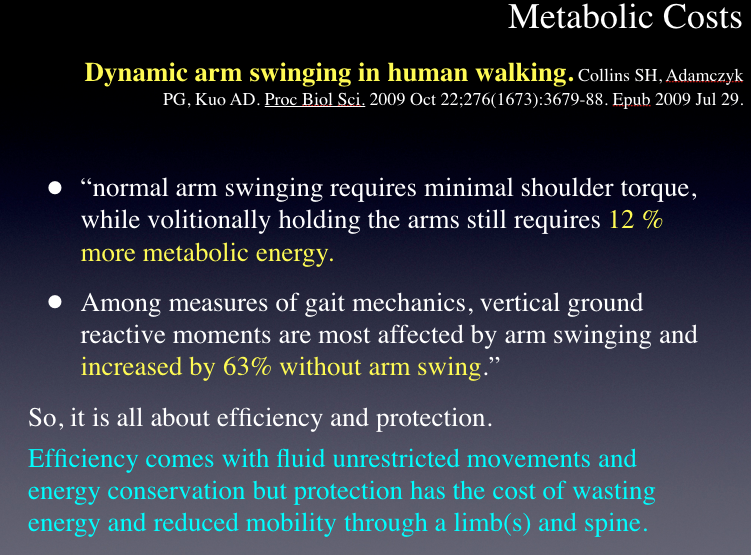“ I had explosive diarrhea in the middle of a good long run.”
We have always wanted to start a blog post with something dirty like that, but it never seemed like the right thing to do. So, we figured we would save it for on or around the day of our 1000th blog post. We started The Gait Guys blog in 2011 with our first blog post and just a few days ago the trumpets sounded at the 1000th post. How did this happen ? Well, it happened little by little, 3-5 post a week, month after month. It happened just as the gentleman described in the video above on how to make a dry wall, stone after stone. Our writing has managed to reach into 74 countries with the additional help of our podcasts, teleseminars and social media. Thus, we wanted to just voice a little thanks to you all for following us, week after week, month after month. So far this has been a pretty great journey for us and we are happy you have come along for the ride.
Now back to sphincters and running.
“ I had explosive diarrhea in the middle of a good long run.”
Think it can’t happen to you ? Here is a true medical literature case study. “A 20-year-old female running the Marine Corps Marathon developed diarrhea at mile 12. After finishing the race she noted that she was covered in bloody stool. A local emergency department suspected ischemic colitis.” This was straight from the Grames study found below.
Maintenance of the basal tone in the internal anal sphincter is critical for rectoanal continence. Effective evacuation requires a fully functional rectoanal inhibitory reflex-mediated relaxation of the internal anal sphincter via inhibitory neurotransmission.
Ok, What !!!!????
Basically, all that means is that the tone of the anus is pretty complicated and when it works right, we don’t think about it much, and when it shows us signs of things hitting the fan, it prompts an immediate hierarchy of our attention. However, diarrhea is so much more than what is violently erupting from the opening at the other end of our alimentary tract.
Lower GI complaints such as urgency and diarrhea are not all that uncommon in runners. Sometimes it is pre-race jitters/nerves, sometimes is too many donuts and coffee before the big sunday team run, sometimes it is electrolyte imbalances or too much beer or Wild Turkey the night before, sometimes it’s aberrant autonomic nervous system stimulation, and in the initial case above sometimes it is ischemia (impaired blood perfusion to the colon).
Possible mechanisms of ischemia in distance runners and others participating in intense exercise may include a combination of splanchnic vasoconstriction, dehydration, and hyperthermia, combined with the mechanical jostling of organs via intense activity. Most of the unfortunate presenting with marathon-running-induced ischemic colitis respond favorably to conservative treatment, but awareness is the first step. However, as in the Cohen et al case referenced below, sometimes the unlucky collapse at the finish line and have other results … whereafter “computed tomography scanning revealed ischemic colitis of the cecum and ascending colon, which progressed to the development of clinical peritonism after 48 hours. This patient subsequently underwent a laparotomy and right hemicolectomy, with ileostomy formation, on the third day after admission. Operative and histologic findings confirmed ischemic colitis of the cecum and proximal colon.”
So, there is some anxiety-inducing stuff to think about right before your long run this week ! But lets be realistic. Be smart, watch your diet with a good food diary, think hard about your fluid levels and what those fluids are, be smart about pushing hard during high temperature days, know your usual stool habits, and most of all do not ignore the subtle or obvious signs that things could be going wrong in a race or in training. Unexpected bowel problems in a race may not be only a mere embarrassment, they could be telling you something is seriously wrong.
In closing, thanks for following our writings for the past 3.5 years, writings amounting to 1000 articles. It has been a fun journey and we have learned right along side of you. In relation to the video above, our body of work is clearly no novel, but our journey in itself is a story of sorts. A story that has been piecing together all the little nuances of the human frame and its biomechanics, bit by bit.
(Oh, and for those who feel we should apologize for the video not being about, well, erupting diarrhea in a runner, well, we wanted to make today’s post more about the writing process. If you want THAT video, that is what youtube might be for. Just don’t too much of your day looking for it, try writing a book instead.)
Shawn and Ivo,
Two Gait Guys trying to avoid what sometimes hits the fan.
References:
1) Am Fam Physician. 1993 Sep 15;48(4):623-7. Runner’s diarrhea and other intestingal problems of athletes. Butcher JD.






























